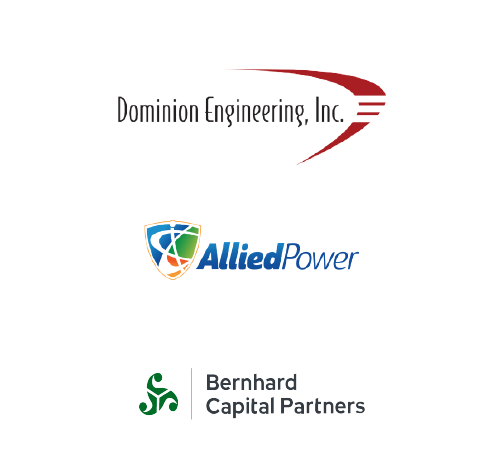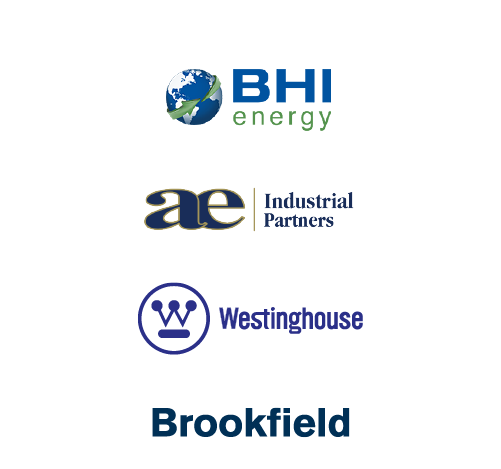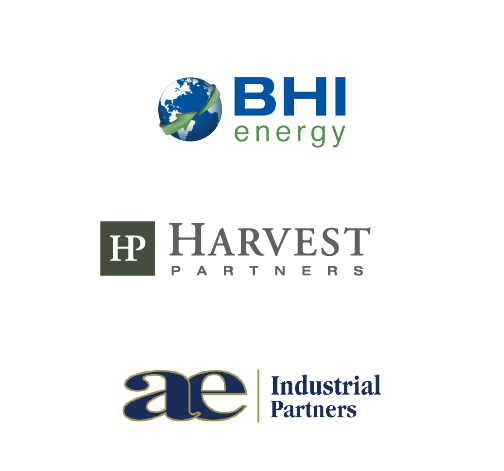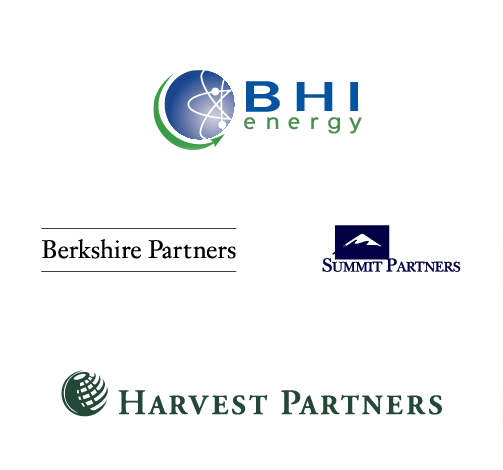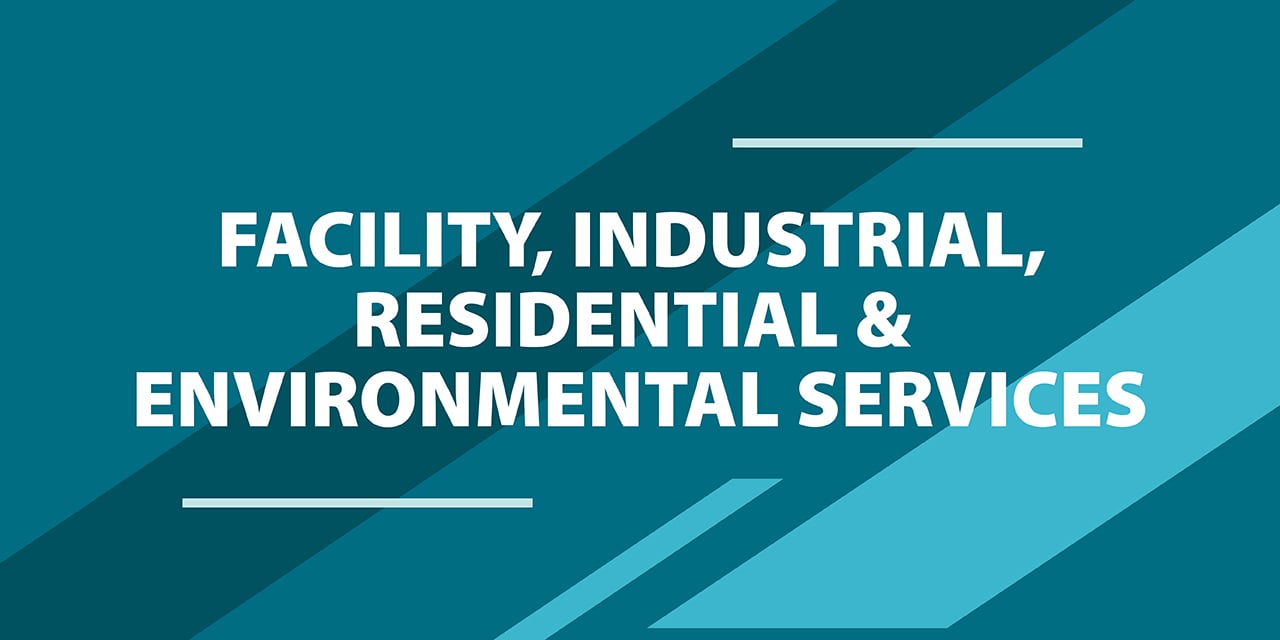
What’s Next for Nuclear Services?
Members of Baird’s Nuclear Services team recently attended the American Nuclear Society’s (“ANS”) Utility Working Conference and Vendor Technology Expo in Marco Island, Florida. The conference featured decision-makers from the world’s top nuclear services companies, major power utilities, industry thought-leaders and governmental policy makers to discuss the latest nuclear trends.
There were a number of recurring themes that cropped up during the public panels as well as from Baird’s discussions with industry players and investors. Here are our key takeaways from the event:
Despite the passing of massive funding bills with bi-partisan support in the U.S. ($30B in tax credits from the Inflation Reduction Act, $9B from the Infrastructure and Jobs Act, etc.) and other similar government funding around the world, the commercial nuclear industry is largely still waiting to realize most of the benefit from those initiatives. Many of the U.S. government spending bills in favor of nuclear are in the form of tax credits which still require upfront investment as well as an in depth understanding of what standards need to be met in order to qualify. While Department of Energy projects have already started to see a material benefit from additional government funding, commercial nuclear is still in planning mode seeking clarification to ensure that they (1) qualify for tax credits (2) can maximize the benefit. It is evident that once the regulatory administrative hurdles are cleared and commercial nuclear is comfortable that their spend will qualify for the tax credits, there will be a massive wave of spending that will lift the entire industry (both for nuclear facilities and the nuclear service providers).
In order to meet aggressive zero carbon energy goals, new advanced reactors are essential, yet licensing for these projects in the U.S. largely remains in the review phase at the Nuclear Regulatory Commission (“NRC”). With over 70 SMR designs across dozens of countries, the potential for the market has the nuclear industry excited to begin the build out of the next generation nuclear fleet. The rapid expansion of SMRs in the U.S. and around the globe will be a substantial tailwind for the nuclear industry given the amount of investment required to meet aggressive build out goals.
Not only does the U.S. have the largest commercial nuclear fleet of 93 operating reactors producing nearly 100GW of power, but it also has the oldest, with an average age of ~42 years old. Given these reactors were slated for a 40-year life span, the fleet is now focused on life extension maintenance, upgrades and licensing to increase the useful life for an additional 20-40+ years. This is driving investment in infrastructure uprates and digital upgrades across all nuclear services. Investment in life extension services should only accelerate as more than 38 reactors (out of the 93 in the U.S.) are expected to submit Subsequent License Renewals (SLRs) in the next seven years.
The state of the technical nuclear workforce, similar to the broader economy, has been hampered by a serious a shortage in skilled talent. A dearth of nuclear engineer graduates from the early 2000s has left a deficit of experienced mid-career engineers, leaving a younger cohort (who are much more prone to churn or leave the industry) and an older cohort (who are near retirement). Given the increasing demand for skilled workers to support the coming nuclear build out, there is a growing demand for nuclear staffing companies to (1) provide temporary staffing of high quality, skilled engineers; (2) provide training services to upskill the existing workforce; and (3) to supply direct hire (vs. temporary staffing) as utilities are looking for qualified, skilled workers wherever they can find them.
Connect with Baird’s Nuclear Services Team
Baird’s Facility, Industrial, Residential & Environmental (FIRE) Services practice covers a vast array of critical non-deferrable services, including Nuclear Services. We welcome the opportunity to discuss how we can assist with your business’s growth and strategic objectives.
